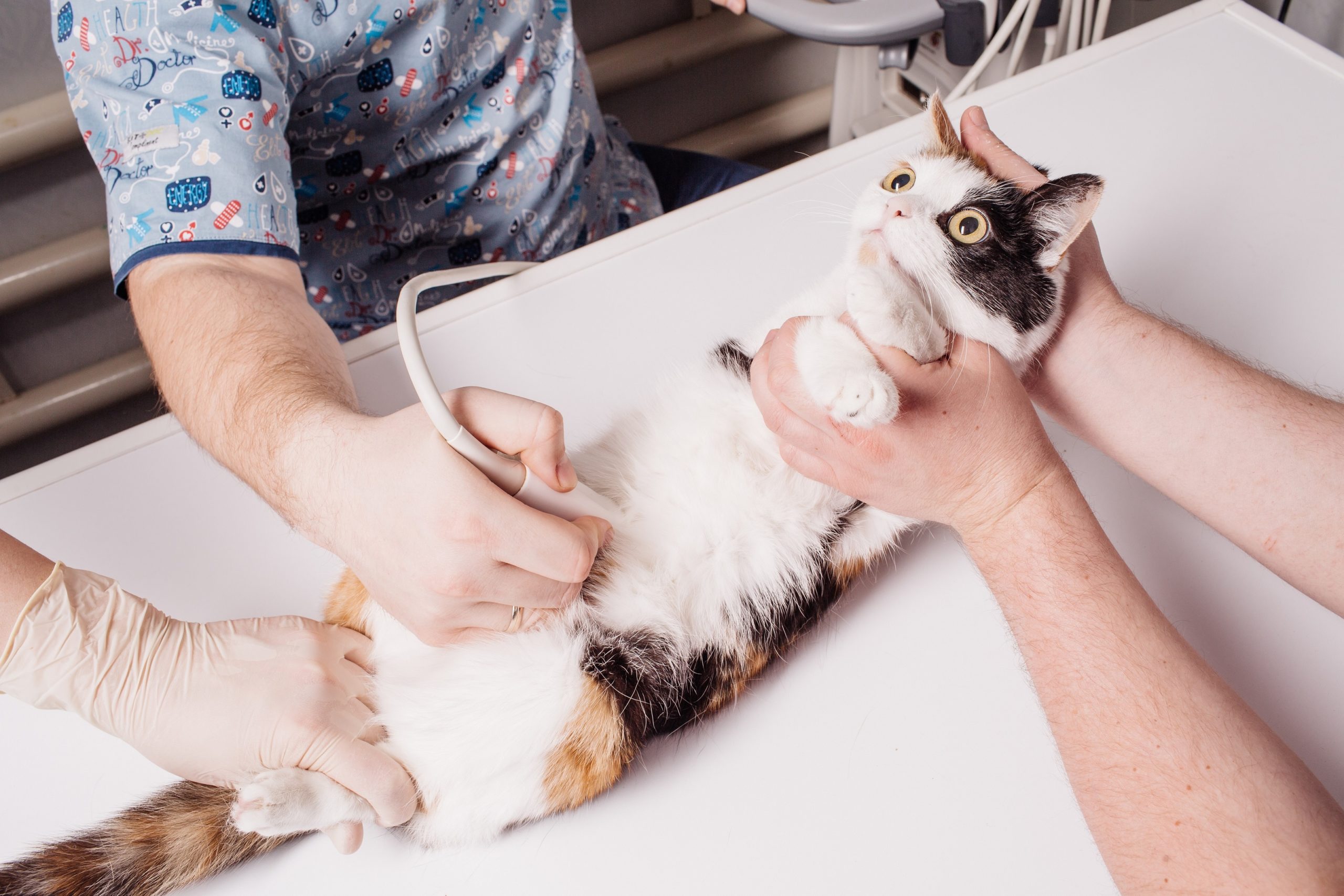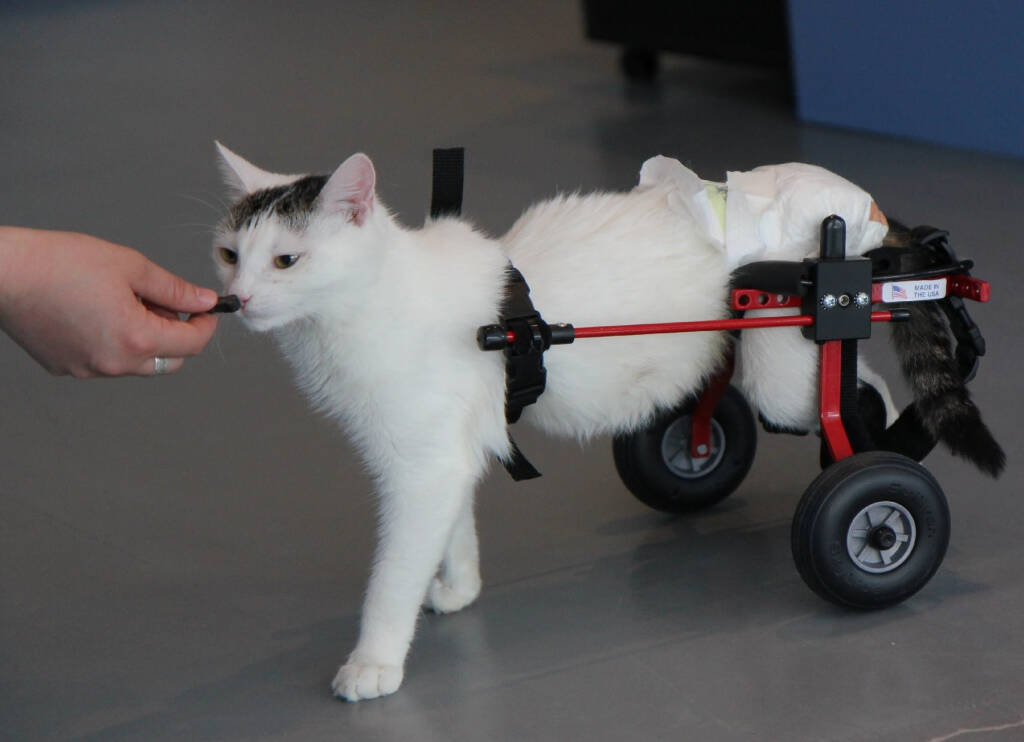Cats
Socializing Your Kitten: How to Get Your Cat Comfortable Around People

Having a new cat or kitten in the house is an exciting experience, but it can also be a bit daunting. If your cat or kitten is not used to being around people, it can be difficult to know how to make them feel comfortable and socialize them properly. Luckily, there are a few simple steps you can take to help your cat or kitten become more sociable. In this blog post, we’ll provide some tips for socializing your cat or kitten so they can feel at ease around people.
Start socialization early
The earlier you start socializing your kitten, the better. Kittens learn best during their first 8-10 weeks of life, so it’s important to introduce your pet to different environments and people as soon as possible. If you’ve adopted an older cat, don’t worry – you can still socialize them, but it may take a bit more work.
When introducing your pet to new people, start with just one person at a time. Allow your kitten to explore at his own pace. If he is feeling anxious, give him some space and let him approach on his own. Make sure the person offering love and attention is calm and gentle. Offer treats and rewards for positive behavior, like coming out of hiding or allowing gentle petting. Don’t force your kitten to interact if he doesn’t feel comfortable – this will only make the situation worse. Gradually expose your pet to more people and situations, always using positive reinforcement. With patience and practice, your kitten will eventually become comfortable around all types of people.
Use positive reinforcement
Positive reinforcement is one of the most effective methods for socializing your kitten. When your kitten displays good behavior, such as coming close to you or allowing you to pet it, reward it with a treat or a toy. This will help to reinforce the positive behavior and make it more likely to happen again in the future. You can also use positive reinforcement to teach your kitten new tricks, such as sitting or fetching a toy.
To ensure your kitten has a positive experience during socialization, it is important to be patient and encouraging. Praise your kitten for good behavior, and try not to get frustrated if it does not respond as expected. Positive reinforcement will help to create a bond between you and your kitten, making it easier for you to communicate with each other.
It is also important to recognize when your kitten is uncomfortable or afraid. If your kitten backs away, moves slowly, or stops responding to treats and toys, this is a sign that it is feeling scared or overwhelmed. Give your kitten some space and time to process the situation before trying again. With patience and practice, you can use positive reinforcement to socialize your kitten successfully.
Give your kitten lots of exposure to different people
One of the best ways to socialize your kitten is to give it lots of exposure to different people. This helps build trust between you and your kitten and also allows it to become familiar with a variety of people.
When introducing your kitten to other people, keep a few tips in mind:
- Keep introductions slow and gentle. Allow your kitten to approach the person at its own pace.
- Ask visitors to keep their hands down and to allow your kitten to sniff them first.
- Speak in a soft, soothing voice and encourage your visitors to do the same.
- Never force your kitten into contact with another person.
- If your kitten seems scared, comfort it with gentle strokes and words.
You should also bring your kitten with you when you go places, such as the vet or pet store. This allows it to meet new people in a safe environment kitten must know it can count on you for protection when faced with new people and environments.
Be patient
When it comes to socializing your kitten, patience is key. Socialization is a process and will take some time to complete, so don’t expect instant results. It is important to allow your kitten to become comfortable at his or her own pace. Start by providing a safe and secure environment and introducing your kittetooto to small groups of people one at a time. If you notice your kitten becoming overwhelmed or scared, take a break and give them space. Keep interactions short and positive, and gradually increase the duration of the sessions as your kitten becomes more comfortable. Additionally, you can use treats to encourage your kitten to interact with people positively. Over time, your kitten will become more trusting and willing to explore their environment.
Seek professional help if needed
If you are having difficulty socializing your kitten or if your kitten is particularly shy, there are a few things you can do to seek professional help. First, talk to your veterinarian about potential solutions. Depending on your kitten’s specific issues, they may recommend medications, supplements, or special cat behavior counseling.
You can also look into finding an animal behavior specialist, either a veterinary behaviorist or an animal behavior consultant. Veterinary behaviorists have specialized training in the study and treatment of animal behavior problems and can provide an accurate diagnosis and develop an appropriate treatment plan for your kitten. Animal behavior consultants provide more general behavior advice and education but do not have the same level of training as veterinary behaviorists.
Another option is to look for a certified cat behaviorist who is certified by the International Association of Animal Behavior Consultants (IAABC). Certified cat behaviorists are experts in cat behavior and use positive reinforcement-based methods to help cats learn and modify their behaviors.
Whichever route you choose, it’s important to be patient and consistent with your efforts. Your kitty’s socialization process may take some time and effort, but with the right support and guidance, it can be done!
Read Also :
How to Keep Your Cat Happy and Occupied with a Cat Tree
07 Ways to Tell if Your Cat is in Pain
Cats
Tips for Taking Care of a Pregnant Cat

Having a pregnant cat can be a wonderful, but sometimes overwhelming experience. With the proper guidance and care, however, you can help make sure that your pregnant cat has a safe and healthy pregnancy. Taking care of a pregnant cat is relatively simple and involves making sure she has a comfortable home, nutritious food, and regular veterinary check-ups. In this blog post, we will cover the basics of feline family planning and provide some helpful tips for taking care of a pregnant cat.
Cats
Signs of Cat Pregnancy Week by Week

If you’re a cat owner, you may have noticed signs of your cat’s pregnancy and are wondering what to expect. Knowing the signs of cat pregnancy by week can help you better understand and monitor the changes your cat is going through during her pregnancy. In this blog post, we’ll discuss the various signs of cat pregnancy and what to expect from week to week.
Cats
Why Kittens are Born Dead or Deformed

No one expects to find dead or deformed kittens in a litter, but sadly this does happen from time to time. In this blog post, we will discuss the reasons for the birth of dead and deformed kittens, as well as what can be done to prevent this from occurring. We will also discuss how to properly care for these kittens if they are born alive. By understanding the causes and effects of dead and deformed kittens, we can better support our furry friends in need.
Trending

 Cats12 months ago
Cats12 months agoDon’t Feed Your Cat These 8 Foods!

 Cats8 months ago
Cats8 months agoWhy Do Cats Spray and How Can You Stop Them? Insights into Urine Spraying in Male Cats

 Dogs2 years ago
Dogs2 years agoSo You’re Thinking About Getting a Poodle

 Birds1 year ago
Birds1 year agoThe Perfect Blend for Your Birds: Birds and Blend

 Horses1 year ago
Horses1 year agoDon’t Go Horse Shopping Without Checking This Dressage Horse Shopping Checklist First!

 Cats7 months ago
Cats7 months agoPre-Vaccination Prep: Getting Your Cat Ready

 Cats7 months ago
Cats7 months agoThe Ins and Outs of Cat Sterilization: Removing the Female’s Ovaries

 Dogs7 months ago
Dogs7 months agoWhat to Do With Your Dog’s Body After Death: A Guide for Pet Owners

















